Planning your own trip? Prepare for your trip
Use Rough Guides' trusted partners for great rates
Plan and book your private, tailor-made tour with vetted local experts
Chaves is one of the most appealing towns in Trás-os-Montes, sitting on the banks of the Rio Tâmega just 12km from Spain. Its name means “keys,” a nod to the town’s long-standing role as a border stronghold. The Romans knew its value too, founding a settlement here in 78 AD and leaving behind an impressive stone bridge that still carries traffic today. Over the centuries, Visigoths, Moors, Spanish, and French all took turns fighting for control, which explains the castles, towers, and thick walls that still frame the medieval center.
But Chaves isn’t just about battles and ruins. The old town charms visitors with its tiled balconies, green gardens, and squares where locals stop to drink coffee. The thermal springs have been pulling visitors since Roman times, yet you could easily skip the spa and still fill your days. What you shouldn’t miss are the flavors: smoky presunto (cured ham), rich sausages, and hearty local wines, all proudly claimed as some of the best in northern Portugal.

Hey, I’m Joel, your Portugal travel expert, and whenever I head north, I make time for Chaves. It is one of those towns where history and daily life overlap most naturally. You walk across a Roman bridge built nearly two thousand years ago, pass fortresses that once faced down Spanish and French armies, and then find yourself in a square where kids are kicking a football and old men are arguing over cards.
Chaves is also famous for its hot springs, with water bubbling straight out of the ground, a reminder of why the Romans originally settled here. But the spa is only part of the story. The town charms with tiled balconies, riverside gardens, and food that locals will proudly tell you is the best in Trás-os-Montes.
This guide will help you make the most of your visit to Chaves, including how to arrive, what to see, and where to stay. Come ready to slow your pace. Wander the old town lanes, pause in the parks, and finish your day watching the Tâmega slide by as the streetlights flicker on.
Joel’s tip
If you only have one evening in Chaves, head straight for the Roman bridge. Cross it slowly at dusk when the light hits the arches and the river mirrors the old houses along the bank. End with a glass of wine in the square nearby. It is the moment Chaves feels both ancient and alive.
Best time to visit
Spring and autumn are the sweet spots, with warm days, clear skies, and plenty of local food and wine festivals. Summer is hot and crowded but lively with street parties. Winter is calm, perfect if you want the old town almost to yourself.
How to get to Chaves
Driving is the simplest way. From Porto, the trip takes about two hours on the A24 motorway. Braga and Vila Real are also close enough for easy day trips. Long-distance buses connect Chaves to Porto and Lisbon, though timetables can be limited. If you are coming from Spain, the town of Verín is just across the border and makes a convenient stop on the way.
Best areas to stay in Chaves
Chaves lies in northern Portugal’s Trás-os-Montes region, just 12 km from the Spanish border. It is about 150 km from Porto, a two-hour drive on the A24 motorway.
Often listed among the best places to visit in Portugal, this historic border town is a rewarding stop on any northern itinerary. From here, you can tour the vineyards of the Douro Valley, hike in the Peneda-Gerês National Park, or cross into Galicia in Spain for a quick day trip.



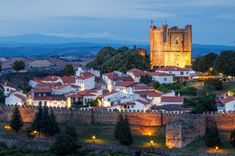












Chaves is a walkable town, with most of its main sights set around the river and within the medieval walls. The lanes are easier on the legs than in many Portuguese hill towns, but you will still want good shoes for the cobbles and the climb up to the fortress.
You can get a taste of Chaves in a single day. Walk the Roman bridge in the morning light, explore the old town streets, climb to the castle for the views, and finish with pastéis de Chaves and a glass of red wine. It works as a stopover, but you will be skimming the surface.
Give yourself at least one night if you can. Once the buses leave, the town settles into a slower rhythm. Locals gather in the squares, the river reflects the lamps, and the castle walls feel yours alone. Two days is even better. Spend the first exploring the spa springs, gardens, and medieval lanes, and save the second for short trips nearby. Vidago tempts with its palatial spa hotel, the Douro is close enough for a vineyard visit, and Spain lies just across the border.
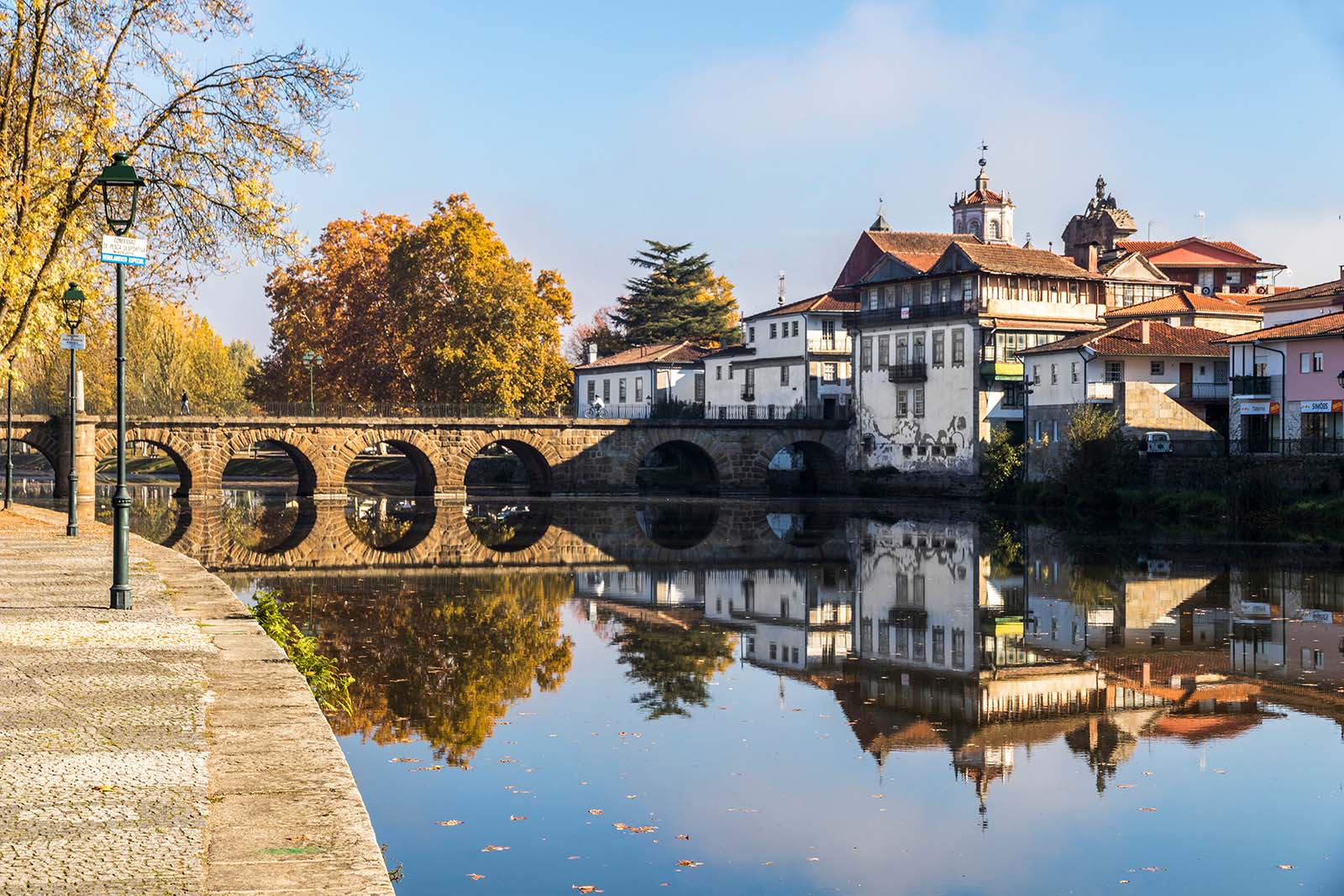
The historic Roman bridge of Emperor Trajan in the city of Chaves, in the north of Portugal © Shutterstock
Chaves has a mix of small hotels, guesthouses, and countryside retreats, most within walking distance of the historic center or a short drive away. Where you choose depends on the kind of trip you want.
Chaves is often overlooked on a Portugal itinerary, but that is a mistake. This small town near the Spanish border has a Roman bridge that still carries traffic, hot springs, and food traditions that people across Portugal envy. You can see the highlights in a day, yet the blend of history, gardens, and daily life rewards a longer stay. Here are the best things to do in Chaves, each worth taking your time for.
The Ponte Romana is Chaves’ most enduring monument, built in the first century AD and still carrying cars and pedestrians across the Rio Tâmega. Its twelve granite arches stretch elegantly over the water, a feat of Roman engineering that has survived almost two millennia.
As you walk across, pause in the middle to take in the view of the river and the tiled houses rising along its banks. Look closely at the Latin inscriptions carved into stone at either end of the bridge, a reminder of the soldiers and engineers who built it. In the early morning, the arches rise from low mist, while in the evening the lamps light up the bridge in warm reflection.
Chaves’ medieval castle is defined by its tall keep, a square tower dating to the 14th century. The climb to the top is short but steep, rewarded with wide views of the rooftops, the river, and the surrounding hills that once marked the contested frontier.
Inside the tower is a small military museum with armor, weapons, and maps that show Chaves’ long role as a border stronghold. Around the keep, you can trace sections of the old defensive walls. They cut behind gardens and modern houses, but you can still picture the watchful soldiers who once patrolled this line.
Hot water bursts from the ground in Chaves at a near-boiling 158°F (70°C), one of the hottest natural springs in Europe. The Romans built baths here, medieval pilgrims came seeking cures, and today people still line up at the Fonte do Povo for a steaming taste of the mineral water. The flavor is strong, metallic, and sulfuric, but locals swear by its health benefits.
If you want more than a sip, the modern spa complex offers treatments and baths. Even without trying either, the leafy park around the springs is a fine place to stroll. On cool mornings, the steam curls up through flowerbeds, giving you a sense of why this water has been at the heart of Chaves for centuries.
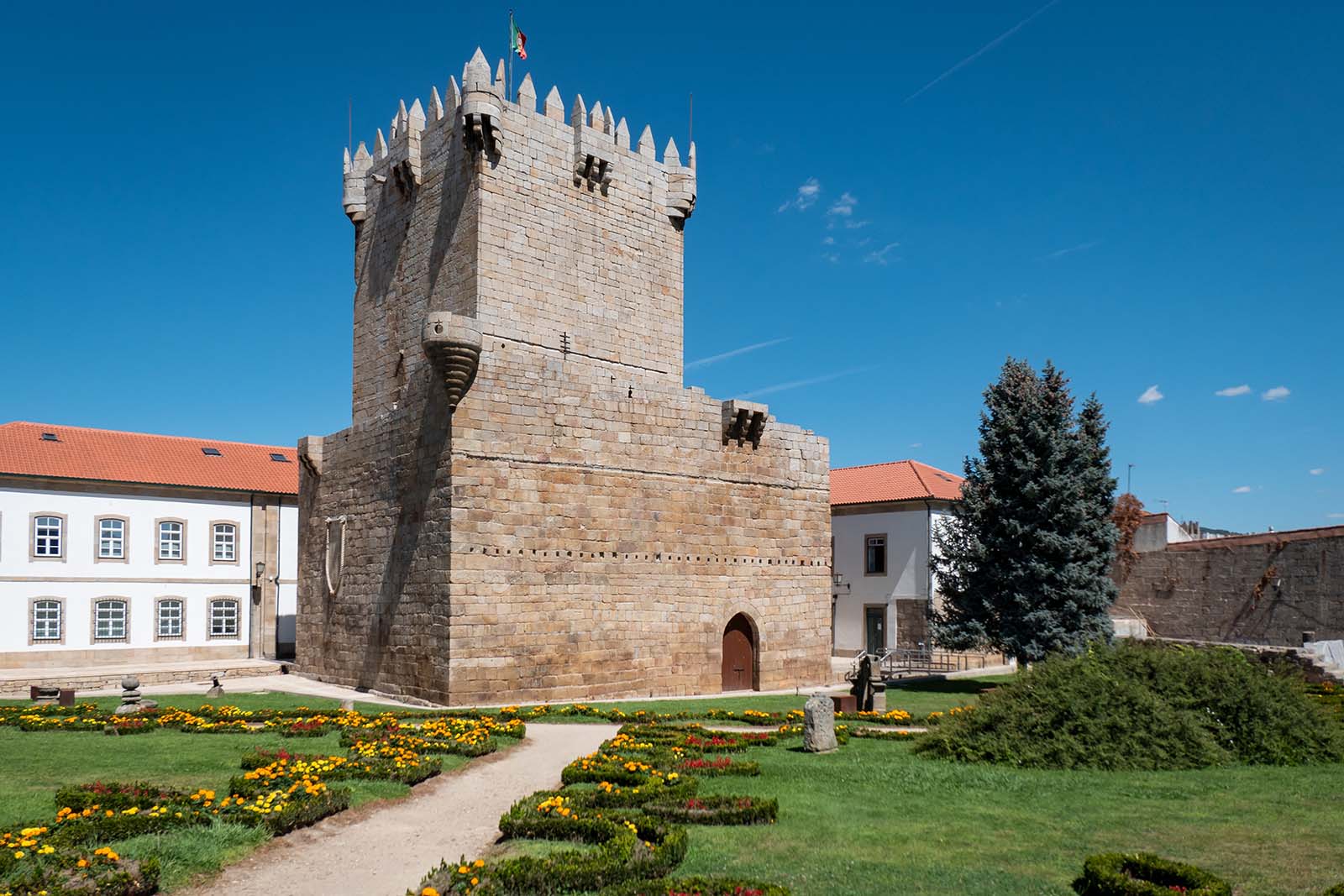
Keep or Chaves Castle with the Portuguese flag at the top and a beautiful garden in front in Portugal © Shutterstock
This graceful square is the social center of Chaves, framed by baroque churches, stone fountains, and tiled façades. During the day, it is busy with shoppers, children, and café tables, while in the evening, families appear for their traditional passeios.
Sit at one of the terraces with a coffee or a glass of red wine and let the life of the square flow around you. Old men argue over the newspaper, young couples stroll past arm in arm, and the bells of nearby churches mark the hours. To understand Chaves, it helps to stop here and simply watch.
Standing just off the square, this 17th-century church impresses with its blue-and-white tiled façade. Step inside and you are greeted with gilded altars, painted ceilings, and woodcarvings that glow in the dim light.
The richness of the interior contrasts with the plain stone streets outside, reminding you of Chaves’ baroque prosperity. Even if churches are not usually on your list, give this one a few minutes. The artistry and atmosphere speak for themselves.
The pastel de Chaves is a flaky pastry with a spiced minced beef filling, so tied to the town that it carries Protected Geographical Indication status. Every bakery claims the best recipe, and locals will happily debate which one is right.
Order one warm from the oven and eat it as you wander between lanes. The pastry crumbles in your hands, the filling is rich, and together with a glass of red from Trás-os-Montes, it becomes a meal in miniature. If you are traveling in Portugal with kids, you will also find plenty of sweet pastries in the same cafés to balance out the savory bite.
The Rio Tâmega defines the town, and its banks have been turned into shaded parks and walking paths. These gardens are where locals exercise, picnic, or simply rest on benches under chestnut trees.
Cross to the far bank for the best angle on the Roman bridge with the old town rising behind it. In spring, the flowerbeds brighten, in summer children play until late, and in autumn the river reflects the golden light. Come in the evening to see families out walking and fishermen casting their lines, and you will understand how important this space is to daily life.
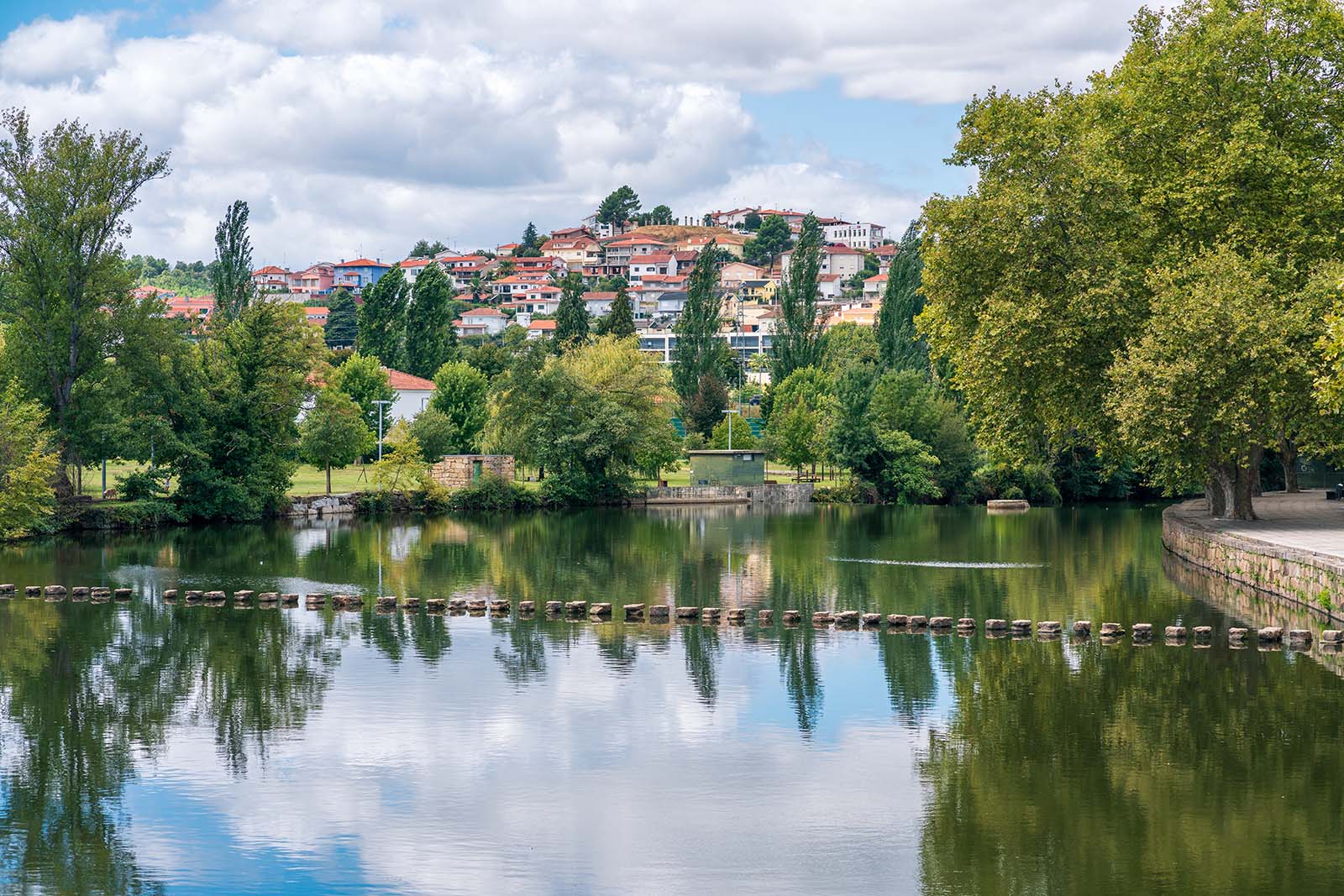
Támega River, calm water, leisure place, stone pass over the river© Shutterstock
The Museu da Região Flaviense occupies the 17th-century Palace of the Dukes of Bragança and offers a compact survey of the region’s history. Inside you will find Roman milestones, medieval armor, and folk costumes that show how Chaves has changed while keeping its traditions alive.
Do not hurry through. The creaking staircases, painted ceilings, and echoing halls add as much atmosphere as the displays. An hour here leaves you with a clear sense of the town’s deep roots and its mixture of empire and everyday life.
Just fifteen minutes south of Chaves lies Vidago, a spa town that became fashionable in the early 20th century. Its centerpiece is the grand Vidago Palace Hotel, a pink palace surrounded by landscaped gardens and fountains. You do not need to stay overnight to enjoy it. Wander the tree-lined avenues, sip the mineral water, and admire the architecture that once hosted Portugal’s high society.
The village beyond the hotel is quiet but welcoming, with cafés and shops that remind you this is still a lived-in place. Vidago shows a gentler side of the region, a contrast to the fortress walls and medieval streets of Chaves.
Chaves sits just twelve kilometers from the border, which makes it an ideal stop on any Spain and Portugal itinerary. A short drive brings you to Verín, a Galician town known for its medieval castle, historic churches, and lively tapas bars. Order a drink and you will be served pulpo a la gallega or croquetas alongside, a striking contrast to the flavors you have just tasted in Portugal.
If you are here in February, Verín bursts into life for Entroido, one of Spain’s most vibrant carnivals. Masked figures called cigarróns parade through the streets with whips and cowbells, a tradition that has been kept alive for centuries. Even outside festival season, the castle views and laid-back Spanish atmosphere make this cross-border diversion well worth the effort.
Chaves has a Mediterranean climate with continental influence, which means hot summers, cooler winters, and a bigger difference between day and night temperatures than you get on the coast. Sitting in the Tâmega valley near the Spanish border, the town is warmer than Lisbon or Porto but less extreme than the mountain villages of Trás-os-Montes. If you are weighing up the best time to visit Portugal, it helps to know that Chaves is pleasant in spring and autumn, very hot in midsummer, and quiet but cool in winter. Average temperatures range from about 44°F (7°C) in January to 86°F (30°C) in August. Heatwaves can push it into the 90s, while winter nights occasionally slip close to freezing. For current conditions, check IPMA (Portuguese Institute for Sea and Atmosphere).
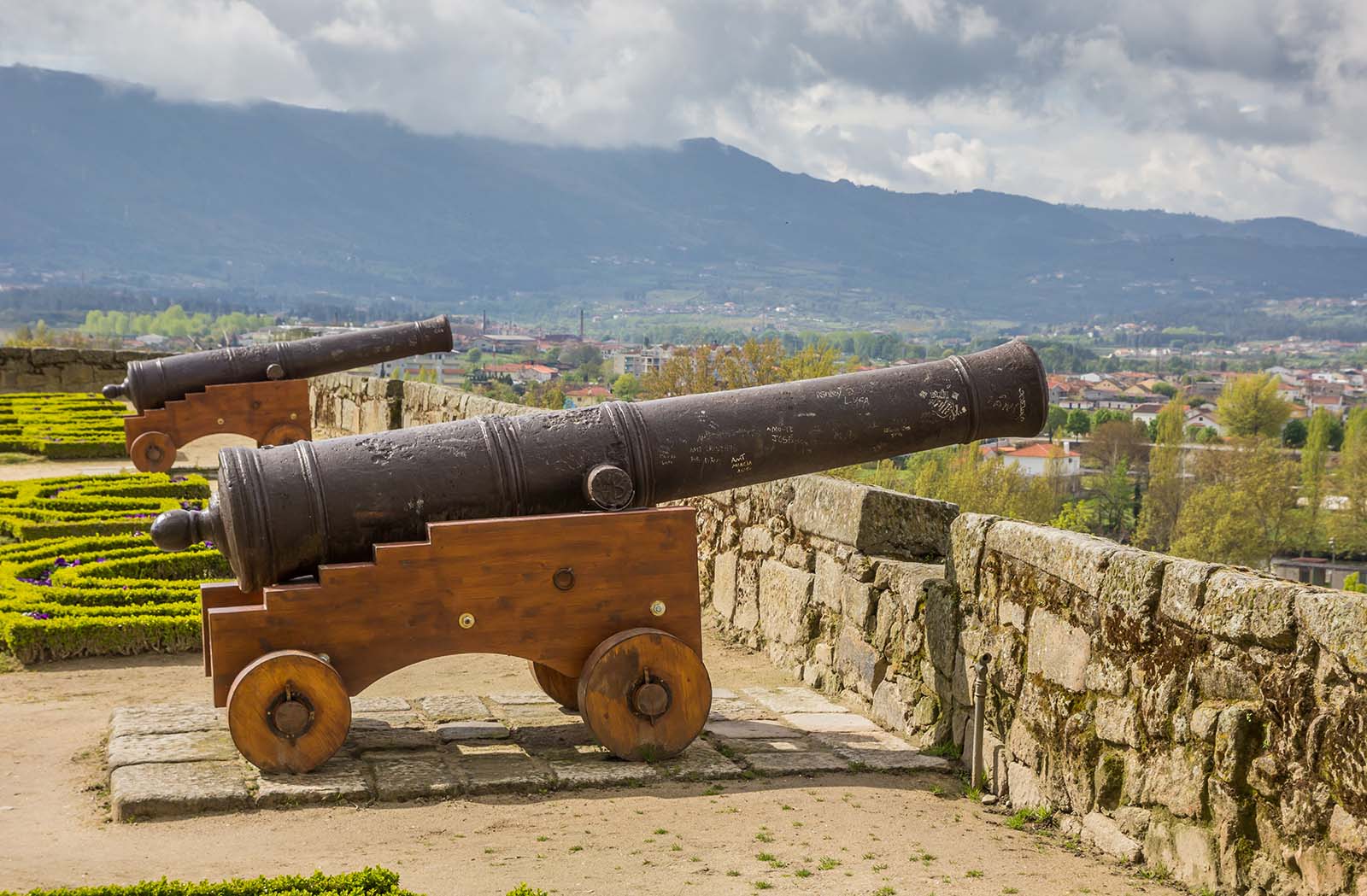
Cannon in the garden of Chaves castle in portugal © Shutterstock
Chaves has a reputation across Portugal for its food, and eating here is as much a part of the visit as crossing the Roman bridge or climbing the castle. Meals are hearty, rooted in the traditions of Trás-os-Montes, and often based on recipes passed down through families. Expect smoky cured meats, slow-cooked stews, and pastries with Protected Geographical Indication status. Portions are generous, flavors are rustic, and the atmosphere is welcoming, whether you are in a centuries-old tasca or a modern riverside café.
Here are some unique experiences we can arrange for your tailor-made Chaves trip: all private, flexible, and designed by our local travel experts.
Discover Portugal's most captivating stories
Use Rough Guides' trusted partners for great rates
written by
Olga Sitnitsa
Online editor at Rough Guides, specialising in travel content. Passionate about creating compelling stories and inspiring others to explore the world.